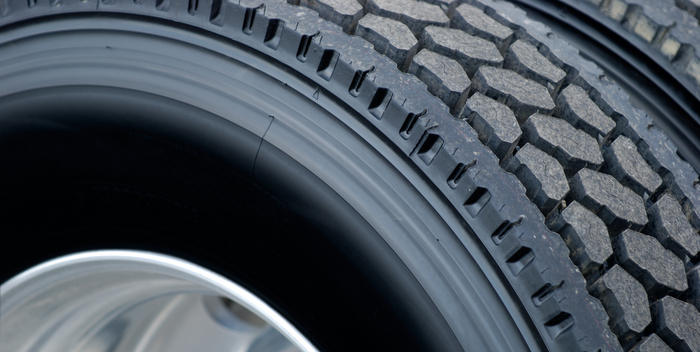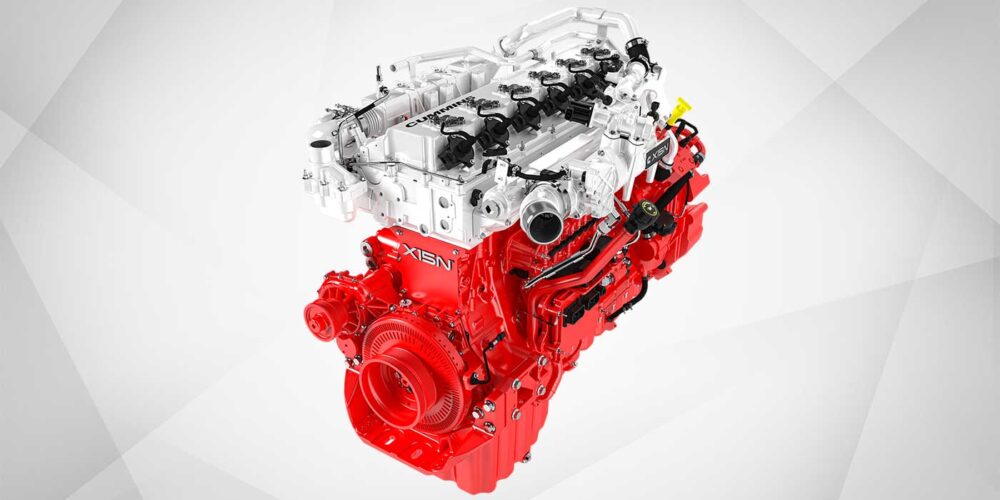Tire manufacturers are continuously developing new products for steer, drive and trailer tires. Many of these new tire makes/models are designed to increase removal mileage (miles/32 in.). A combination of new and improved compounds along with design and construction enhancements can lead to increased tire removal mileages. The key is to determine if the specific tire model is improving treadwear and, ultimately, tire removal mileages for your fleet. There are also fleets that want to optimize a specific tire make/model mileage by changing factors such as inflation pressure and alignment settings.
There are several examples of possible tire evaluations:
- New tire model;
- Retread model;
- Retread process (pre-cure vs. mold cure);
- Tire size (lo profile or conventional);
- Tire inflation pressure (105 vs. 90 PSI); and
- Vehicle alignment (toe and camber settings).
The Technology and Maintenance Council (TMC) of the American Trucking Associations in RP230 recommends a minimum sample size of 30 tires of each individual test type at the end of the evaluation to make it statistically repeatable. It makes no sense to run an expensive tire evaluation over multiple years and not learn anything because of the many real world variables. Drivers alone can affect tire treadwear and removal mileages by as much as 35%.
Since tires can be damaged due to sidewall damage, impact breaks and punctures, among other factors, a sample size greater than 30 is necessary to ensure that 30 tires will remain at the end of the evaluation.
When choosing vehicles for the tire treadwear evaluation, it is important to choose similar vehicles that see the same route and carry representative typical loads. The best scenario to minimize tire testing variables is to use vehicles that are assigned to dedicated runs on a daily basis.
Many fleets will even take the extra step to pick tractors and trailers that were built sequentially for the tire evaluation. Another good idea is to confirm that the vehicle alignment is in proper specification prior to the start of the tire evaluation.
When it comes to tire treadwear, the time of year in which the testing is done will have an impact on mileage. Tires that are newly mounted in the heat of the summer will have faster wear rates versus the same tires installed during the winter. The key is to ensure that all the test tires are mounted and installed within a short period of time.
If a tire is punctured during the test and is repairable, the repaired tire should be placed on the same vehicle and wheel position. If the tire is not repairable, it is
considered a lost tire and will not be included in the final data analysis.
When you are evaluating a new retread compound or design for tire mileage, always retread on the same model casing. There are too many variables if multiple casing brands are used in the evaluation.
It is always highly recommended to uniquely identify each tire that is going to be run in the evaluation. Most fleets brand an identifying number into the tire sidewall. Record the tire ID number and link it to a specific vehicle and wheel position.
Once the tires are mounted and the test is up and running, tire data will need to be recorded on a regular basis. Depending on the specific service vocation, interim data recording should be every two or three months. Over time, tires may be removed due to damage or punctures. You can always use the most recent data in the final analysis as long as you have completed interim tire inspections.
Key parameters to record include mileage, tread depth across the major grooves, pressure and irregular wear. Taking photos of tires that exhibit irregular wear will also be a big help in your final analysis.
The legal limit for steer tires is 4/32 and 2/32 in. for drive, trailer and dolly tires. Every fleet has its own target removal tread depths. For testing purposes, if 6/32 in. is the normal pull point for steer tires in your fleet, you should closely monitor the tires and remove the tires from test when they reach 6/32 in.
In the final data analysis, you can easily calculate the average miles/32 in. for steer, drive and trailer tires. The final removal mileages may vary depending on the specific tread depth when the tires were removed from service. The greater the miles/32 in., the higher the tire removal miles. If a specific tire design developed irregular wear during the evaluation, chances are those tires were removed from service early and their miles/32 in. calculation will be low.













